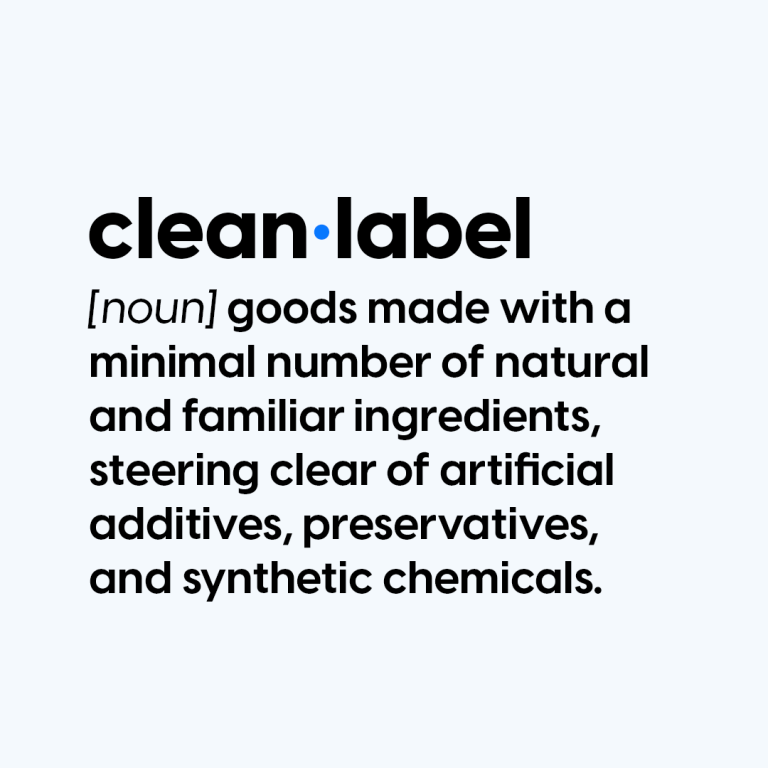As times change, consumers are constantly changing their preferences and lifestyle habits. A successful marketing campaign is more than just a simple advertisement; it’s about enhancing the shopper experience.
The goal of shopper marketing is to reach customers where it matters most, either in-store or on a retailer’s website or mobile application. For example, if you’re going to a grocery store to buy a specific item, once you assess your choices how do you select one brand over the others? The answer lies in a shopper marketing technique that entices you enough to purchase a product.
Shopper Marketing Strategies
There are many techniques you can utilize to gain a new customer, especially if you’re trying to reach a shopper who is new to your brand. The key is to think about what will best work for your brand based in your budget and goals.
Try It Before You Buy It
As a consumer, you likely are more loyal to certain brands over others, whether that’s your favorite cereal or fruit when you shop for groceries. Since people know what they like and tend to stick with certain options, giving free samples is a strategy that may land you a new, loyal customer.
Why is sampling a proven shopper marketing tactic? Because consumers have a fear of making regrettable purchases. This is a barrier for some brands, especially those who enter a competitive category. Free samples give the option of “try it before you buy it,” which allows a shopper to test your product. This takes the fear out of the unknown and allows a shopper to get a glimpse into your product’s offering.
What Catches Your Eye
The environment in a store strongly influences shopper behavior. It’s key to consider your packaging and in-store display when creating your marketing campaigns. Consumers can get overwhelmed by the number of choices a retailer has to offer. But you know how you stand out on the shelf. Tell your brand’s story through a display. People pay attention to transparency, especially when you showcase how your product is beneficial to their lifestyle.
Providing differentiation in the aisle is what grabs attention and curiosity. A good option to stand out in a store is end-cap displays. These displays are placed at the end of the aisle and are attractive and eye-catching. This helps shoppers notice new products they may need when making a visit. You can customize these displays to your brand’s personality and image more than a normal display in the aisle.
The Importance of Shopper Marketing
Shopper marketing allows you to understand what motivates or influences a shopper to buy your product. Given the complexity of human preferences, it is crucial for your brand to understand buyer behavior and the product selection process in order to take the appropriate measures to persuade a consumer to buy your goods.
Retailers thoroughly invest in the brands they have on shelves. Manufacturers need to find strategies that would in return be mutually beneficial for both the retailer and the brand. Shopper marketing offers data and insight into what is most effective for your marketing plan, preventing time and money loss.
Backed By Data
Many retailers’ shopper marketing programs correspond with their loyalty card data, allowing you to easily analyze buyer behavior. When someone enters their loyalty card number, any items they have purchased, or any coupons used will be in the system. This provides information on the types of brands and items a specific consumer chooses to buy whenever they visit a specific retailer. Running campaigns for loyalty card members is a great way to get consumer insights and even reach a broader audience.
How To Be Effective in Your Campaign
Focus on the in-store experience first, you know your goal is the final purchase. Develop the marketing touch points a shopper will interact with that will lead to your final goal. This is were it’s key to understand different dynamics, environmental factors, and mentalities that affect your brand in a positive way. You want the shopper to feel excited or satisfied when they purchase your product. Providing an emotional reaction allows someone to remember how your product made them feel.
Understand the retailer’s values, ideas, and relevance to the brands in the store. Think about what objectives or strategies they use to drive traffic on a daily basis. You must match your brand with the retailer’s category visions in order to succeed.
By delivering on every touchpoint in the consumer journey, you’re aligning the online and in-store experience. Make sure your communications are consistent, this allows a shopper to know the truth and value of your brand. When you build the understanding and expectations of your audience, you’ll be better at predicting what’s to come in the market.
Alliance Shopper Marketing develops omnichannel campaigns that are backed by results and data. Each campaign activates a proven mix of marketing tactics that help you reach the highest converting customer and business goals. Contact us today to get started on enhancing your campaign strategy.








